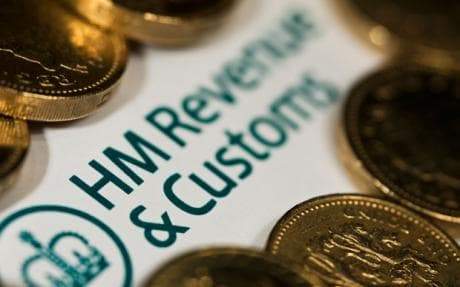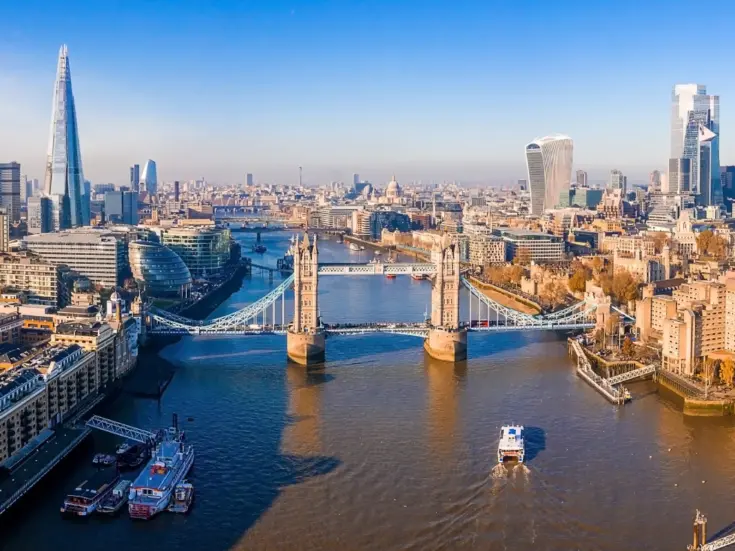Angela Kail digs into the debate around private schools, public schools and tax breaks
Tristam Hunt has reopened the debate about the charity status of independent schools. The shadow education minister last week explained that he would take away their business rates exemption unless they collaborated more with state schools.
This is a controversial topic: private schools contribute to social good by educating 7 per cent of the population at no cost to the state; but they arguably also contribute to inequality, because they are of course available only to those who can pay.
Hunt hopes that the state sector can benefit from working more closely with private schools. But how big a deal is this? The threat he’s holding over the sector is an exemption worth ’150 million each year, which adds up to barely 3 per cent of schools’ annual fee income. Meanwhile, according to the Independent Schools Council, more than nine in ten of its members are already involved in partnerships with state schools or the wider community.
The trouble is, as many charities find, good intentions do not always lead to actually doing good. A number of the state-private partnerships have gone wrong in the past. In 2013, for example, Dulwich College pulled out of its sponsorship of the Isle of Sheppey academy after admitting that its teachers were not equipped to deal with the profile of students in that school. Last year, the academy sponsored by Wellington College made headlines for all the wrong reasons when the percentage of kids getting A*-C including English and maths at GCSE fell.
It isn’t so surprising that private schools struggle to turn around failing schools. Although independent schools get better results than the state sector, this doesn’t necessarily count as evidence that they are better. After all, their intake is much stronger. Once account has been taken of the socio-economic background of the pupils, the OECD’s PISA research on schools shows that state schools in fact match, if not outperform, their private counterparts.
However, private schools do have other things to offer. It is no coincidence that more than a third of British medallists at London 2012 came from private schools, or that in 2010 a magazine calculated that 60 per cent of acts in the music charts attended public schools — many have sports and drama facilities that could open up a wealth of opportunities to pupils in state schools.
As always, when trying to assess whether organisations are helping people, it’s not enough to look at what they do, but what this actually achieves. Whether you are giving a tax break or a donation to private schools, you need to dig beneath the surface when they say they are doing good.
Angela Kail is head of funding team at NPC






